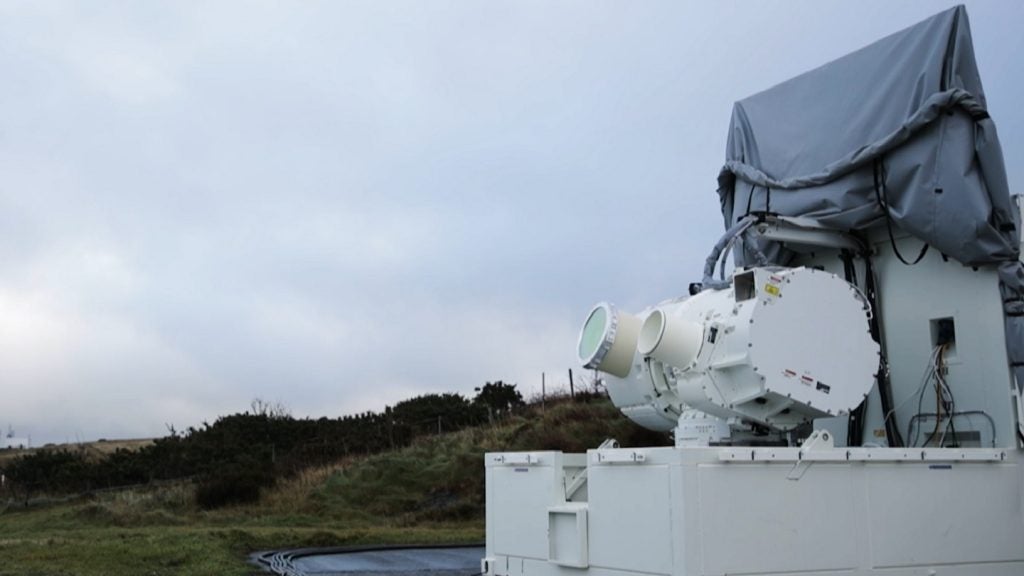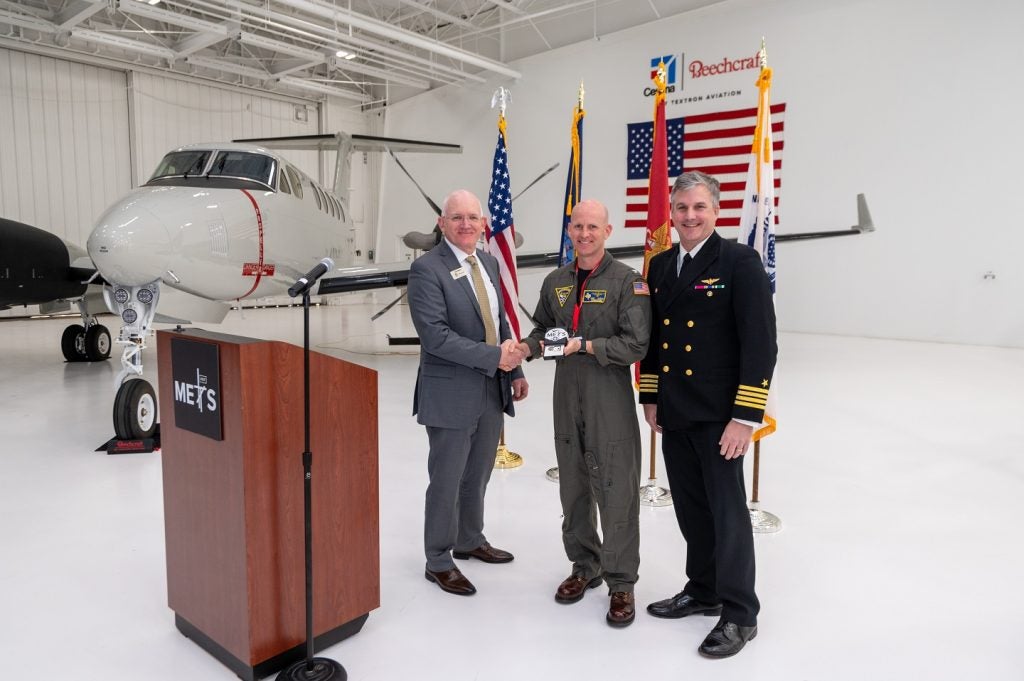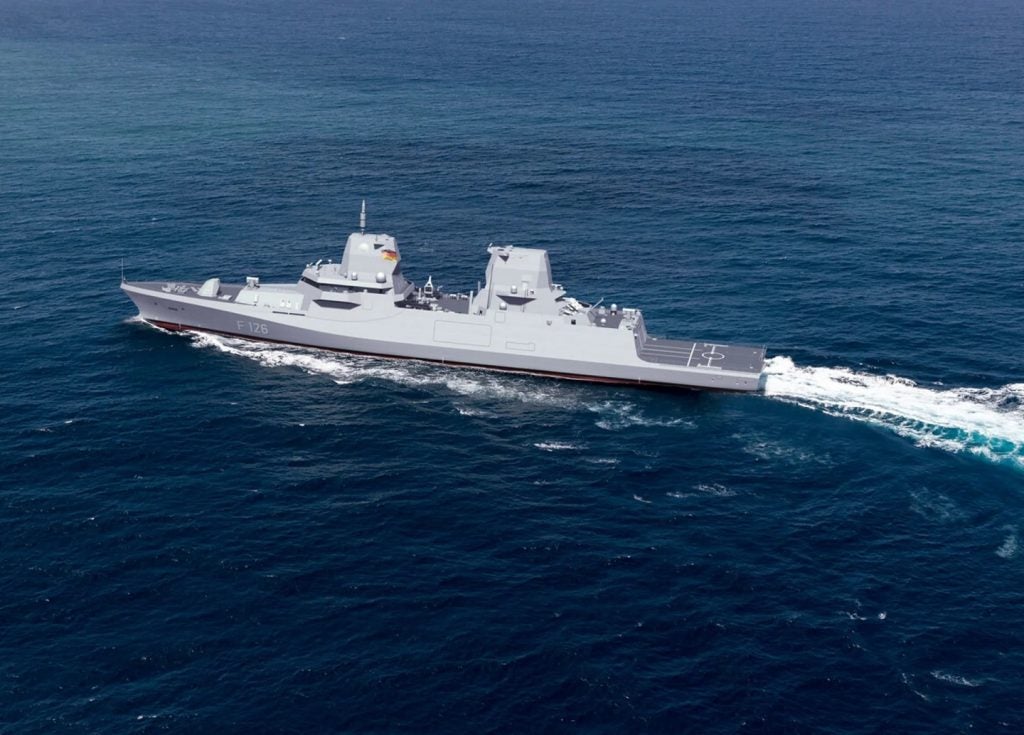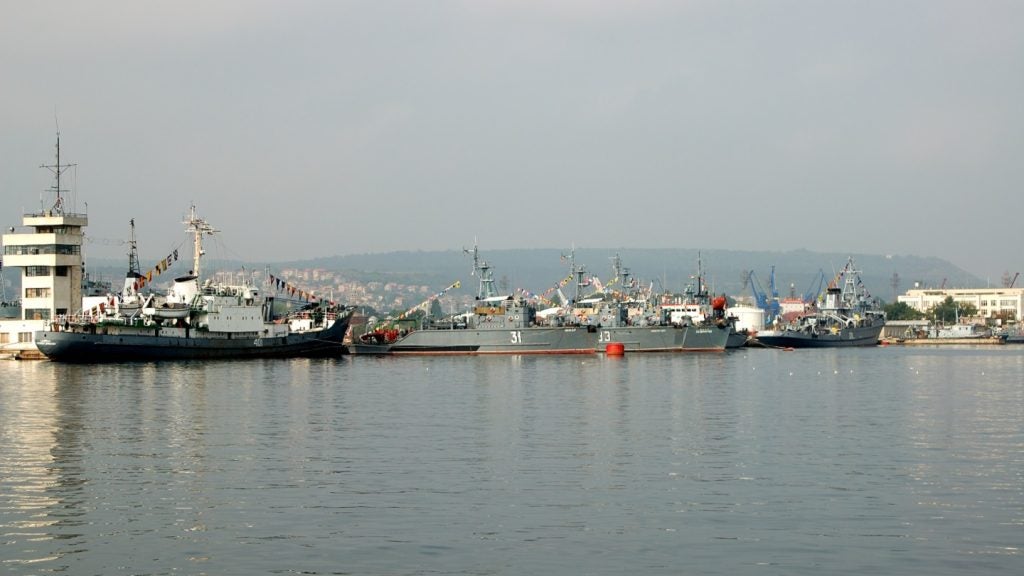The UK Royal Navy will receive a new fleet of marine service vessels to guide the navy’s Type 45 destroyers and the two new Queen Elizabeth Class aircraft carriers by the end of 2010.
The new fleet of 29 “tugs of the future” will be delivered to the navy under the £1bn ($1.4bn) future provision marine services contract.
The faster, more manoeuvrable and more powerful tugs will replace the navy’s aging fleet of support vessels, and will be based at Portsmouth Naval Base.
Portsmouth Naval Base marine services superintendent Pat McFayden said they were changing the whole fleet in Portsmouth.
How well do you really know your competitors?
Access the most comprehensive Company Profiles on the market, powered by GlobalData. Save hours of research. Gain competitive edge.

Thank you!
Your download email will arrive shortly
Not ready to buy yet? Download a free sample
We are confident about the unique quality of our Company Profiles. However, we want you to make the most beneficial decision for your business, so we offer a free sample that you can download by submitting the below form
By GlobalData“There will be six new tugs in Portsmouth, of which we already have three, as well as two pilot boats and a small work boat with a further three tugs and a 1,500t fuel lighter still to arrive,” he said.
See Also:
“We will eventually have four 40t and two 20t twin Azimuth tugs, which is a significant increase in capability, so we can now look forward to easily coping with the size of the new capital ships.”
The new tugs will be Azimuth stern drive (ASDs) and Azimuth forward drive (AFDs) tugs, which are capable of moving quicker and pullling heavier weights than the current fleet of twin-unit tractor tugs.
The operators and engineers for the new vessels will undergo intensive training including simulator training, tug-handling , and command and control training with admiralty pilots.







